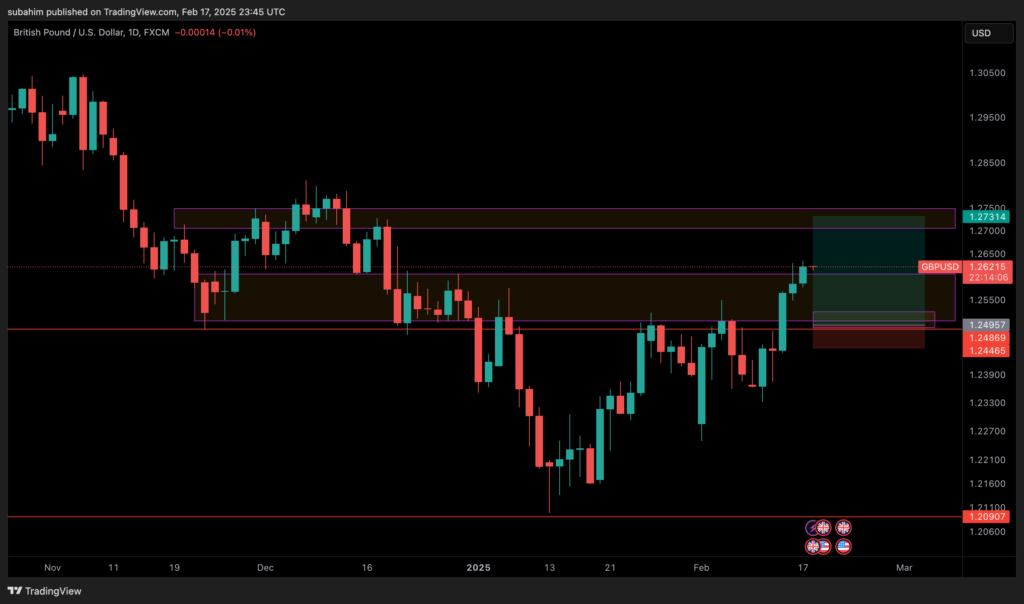Markets describe factors that could negatively impact the US30 (Dow Jones Industrial Average) index. Here’s a breakdown:
Tariff Threats: The former president’s proposed tariffs on auto, semiconductor, and pharmaceutical imports are a major concern. Tariffs can increase costs for companies, potentially reducing profits and harming investor sentiment. This uncertainty can lead to lower stock prices.
Inflation Concerns: The tariff threats also raise fears of increased inflation. Higher prices can erode consumer spending power and also hurt company profitability. The Federal Reserve’s focus on combating inflation by keeping interest rates higher could also dampen economic growth, impacting the US30.
Geopolitical Tensions: The exclusion of European nations from Russia-Ukraine peace negotiations suggests ongoing geopolitical instability. This uncertainty typically makes investors less willing to take risks, often leading them to sell stocks.
Federal Reserve Policy: While the Fed has signaled a pause in rate cuts, their emphasis on controlling inflation suggests they may not cut rates as much as the market anticipates. Lower interest rates can stimulate the economy and boost stock prices, so the expectation of fewer rate cuts could have a negative effect. The upcoming FOMC minutes are being closely watched for clues about the Fed’s future actions.
Mixed Megacap Performance: The slight declines in Apple, Microsoft, Amazon, and Meta, while Tesla and Nvidia remain steady/slightly up, signals uncertainty among investors concerning major companies which greatly impact the health of the index.
In short, the text paints a picture of potential headwinds for the US30 due to trade tensions, inflation risks, geopolitical issues, and the Federal Reserve’s monetary policy stance. All of these things together point to a likely negative impact to the US30 index.

